What is a mullet drivetrain?
The term mullet refers to combining elements on a bike. We were already used to it on mountain bikes to refer to setups with a 29'' front wheel and a 27.5'' rear wheel. Now it also applies to gravel bikes and the drivetrains that some of them come equipped with, and we have even seen this concept being used on road bikes.
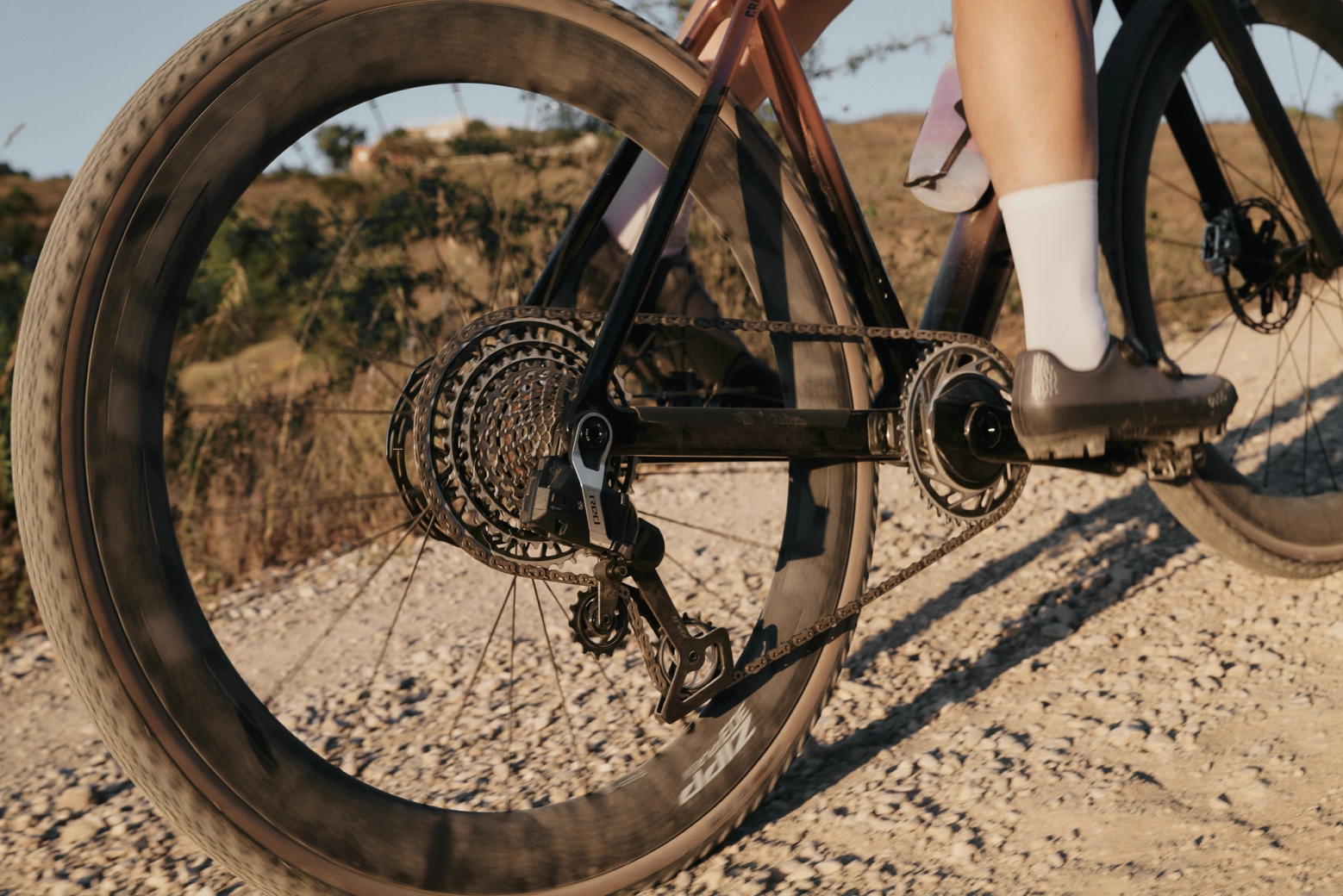
The best of both worlds
When gravel bikes were introduced to the market over five years ago, they came equipped with road groups but with the smoothest gear ratios available at the time, which meant not being able to have a short enough combination for certain uses.
Things began to change when SRAM launched its Force 1 group, initially dedicated to cyclocross but later expanding its use. It was the first single-chainring road group that also started to incorporate wider cassettes with 11 speeds thanks to the use of their XDR hubs capable of accommodating a small 10-tooth cog. This allowed for a long enough gear ratio and a short enough one with their 10-42 cassette.
RECOMENDADO
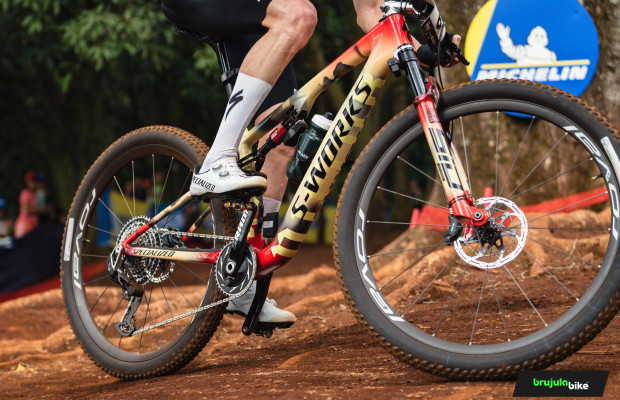
S-Works: what does it really mean and where does Specialized's most exclusive label come from?

The best apps for cycling and mountain biking
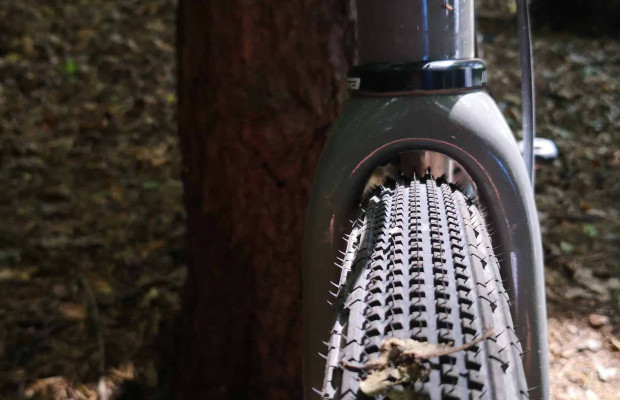
Why wider tires in gravel are faster
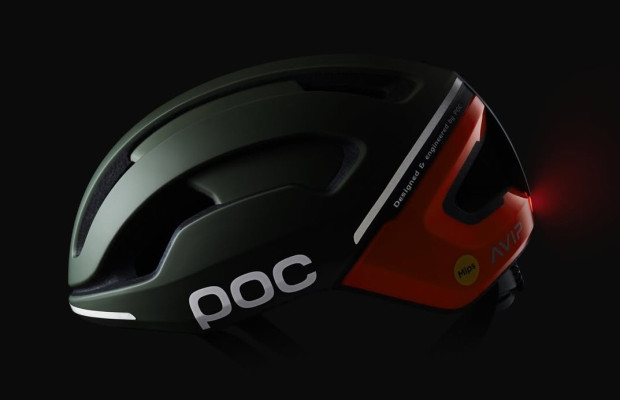
Black Friday 2025 cycling bargains: save on Garmin, POC, Maxxis and more
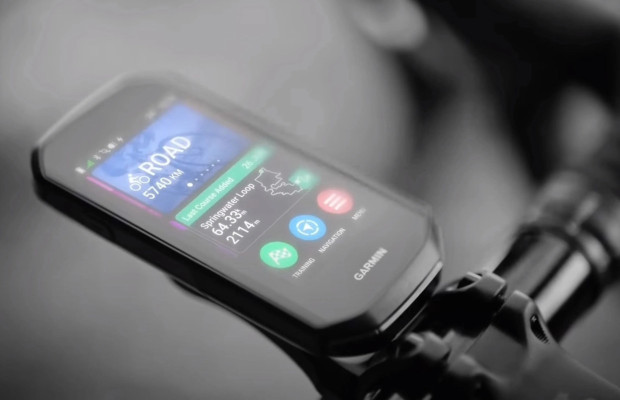
Black Friday Garmin 2025: the ultimate guide to choosing your GPS at the best price
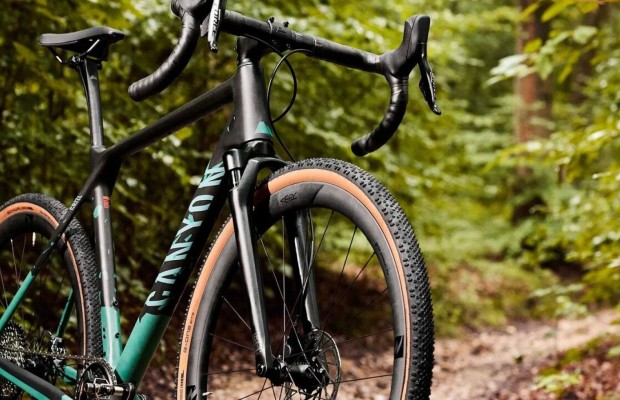
Do you need suspension on your gravel bike?
A single-chainring technology that the brand applied to its first 11-speed Red eTap group, although in this case the available gear ratios were mainly aimed at triathlon and time trial bikes. It was with the arrival of SRAM Red and Force AXS 12-speed groups when the brand unified its wireless technology across the range and adapted its electronic groups to the gravel discipline, giving a new twist to the concept.
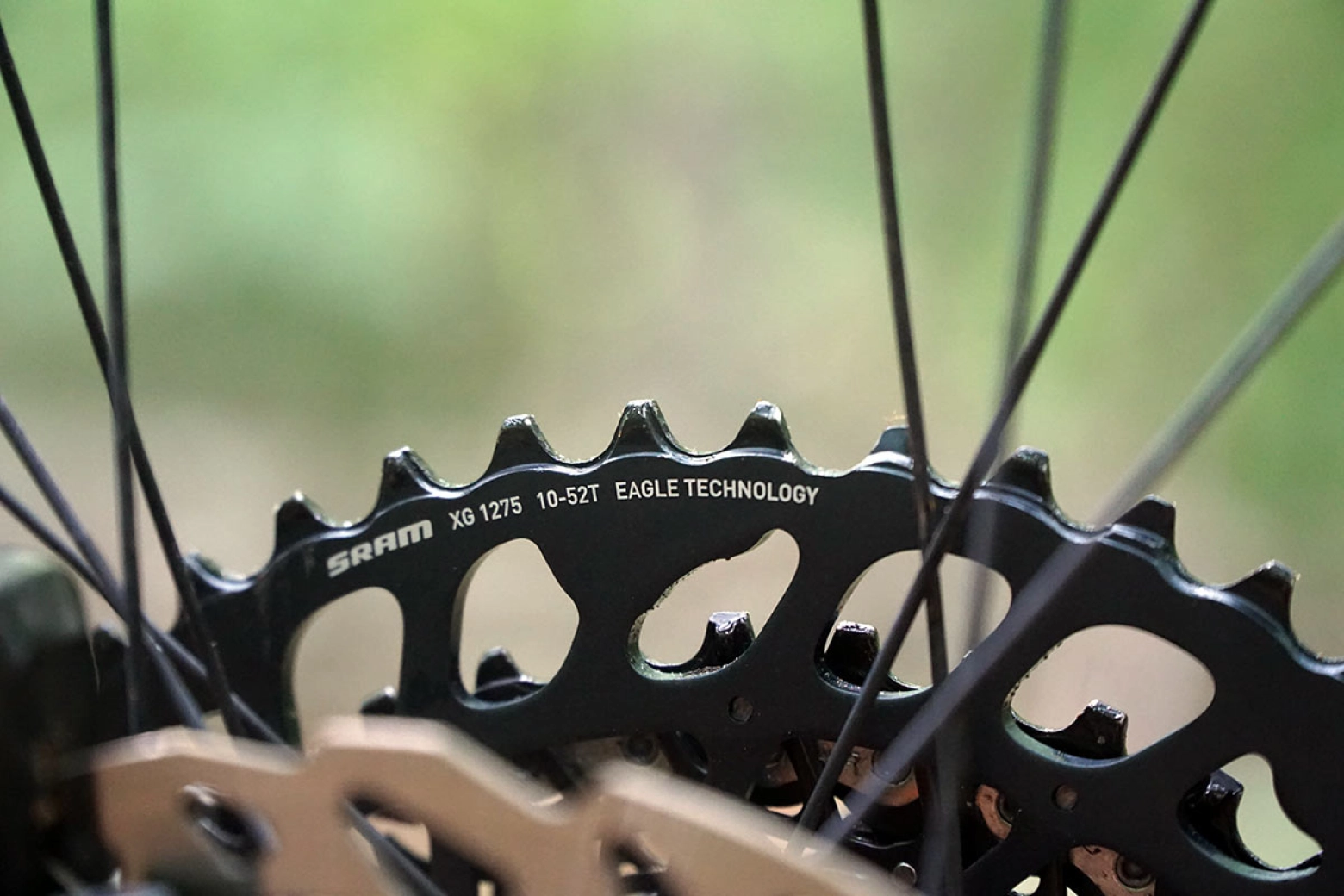
Already at the presentation of these groups that the brand carried out in Arizona in January 2019, we were shown the possibilities and compatibility between different groups of the brand with bikes that mounted the new SRAM Red AXS levers in combination with a rear derailleur and Eagle cassette, just what we now know as a mullet drivetrain. Even their new dropper post was controllable from the shift levers.
An idea that, with the expansion of gravel towards a more radical side, closer to mountain biking, facing steeper gradients and wilder routes, has made it necessary to have shorter gear ratios, with this compatibility between road and mountain groups being the ideal option for that type of use.
By combining road levers, we keep the curved handlebar and the multiple position options it offers to comfortably tackle long rides, while the mountain derailleur and cassette allow us to have a wide range of gear ratios without giving up the simplicity of a single-chainring setup.
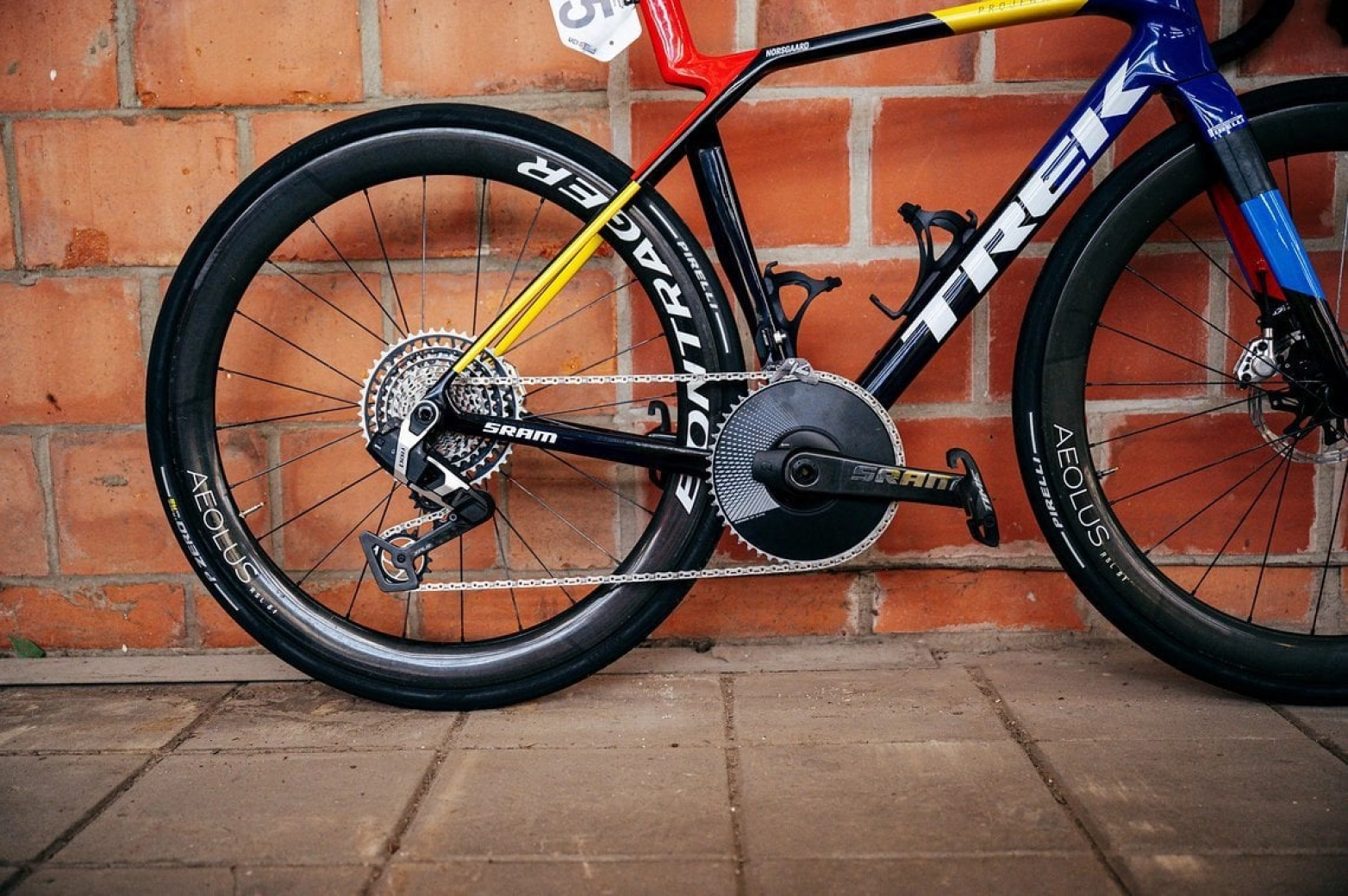
An option that is now common to see in stock builds with gravel bikes becoming increasingly radical and with a gravel concept where longer and tougher rides are being undertaken, requiring smoother gear ratios. But even in road cycling, this concept is becoming more common with cyclists looking for smoother gear ratios that don't force them to struggle on steep ramps or when fatigue sets in. Here, for now, the only available option and one that many professionals already use in specific stages or in classics is to mount the new SRAM Red XPLR group originally designed for gravel but with its compatibility with large chainrings, it is perfect for achieving maximum efficiency on a road bike as well.
We have already seen that SRAM, from the start, understands a mullet drivetrain setup so the operation is optimal. With Shimano Di2 there is also some compatibility between groups although there are certain limitations between different components that are not combinable, so it is advisable to consult the extensive compatibility list that Shimano has on its own website.
The problem arises if our group is mechanical. Here, there is no possibility of setting up a mullet drivetrain as both Shimano and SRAM use different cable pulls between their mountain and road groups, so it would not be possible to achieve correct shifting.
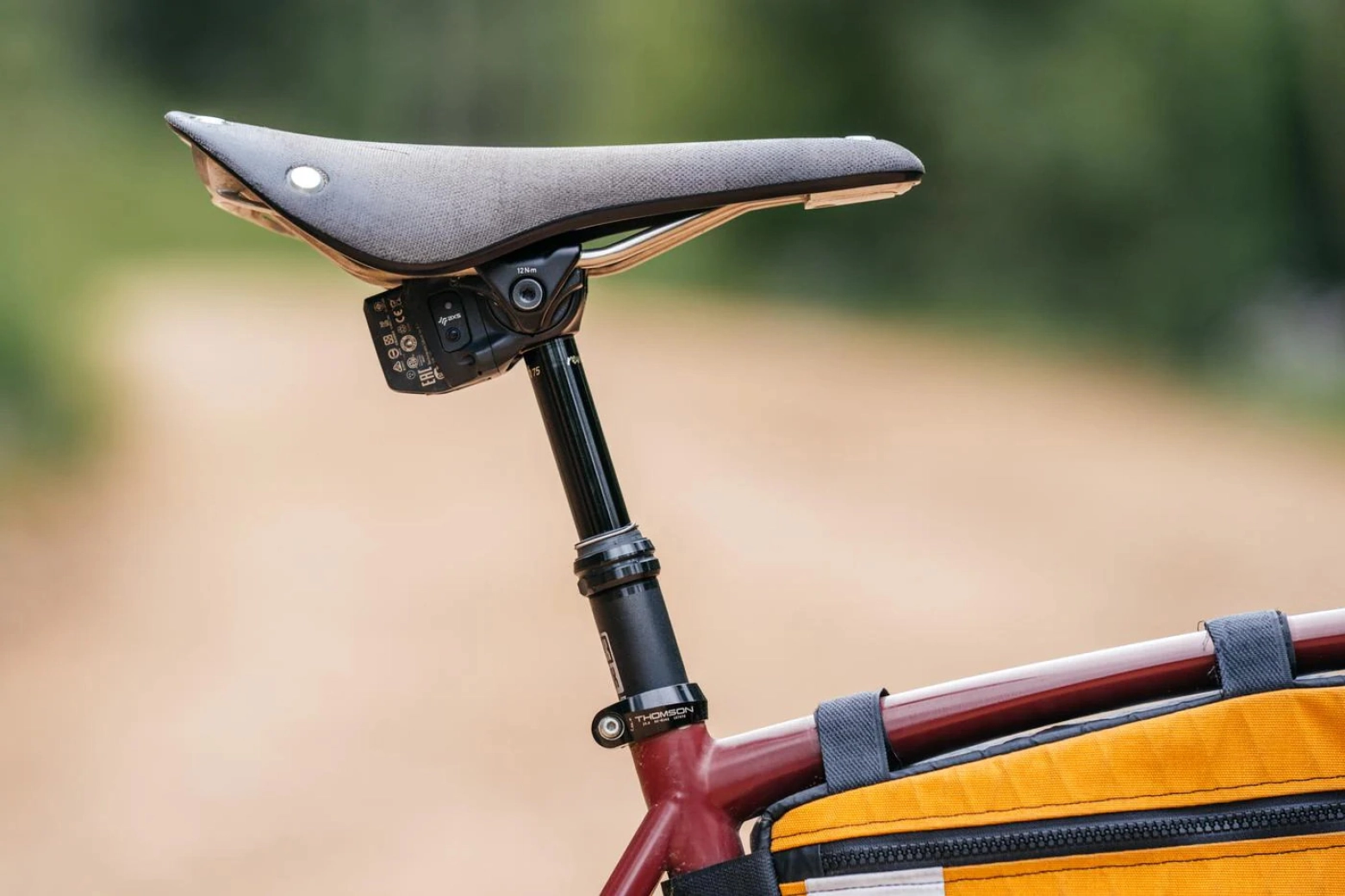
If you are a fan of the most radical gravel riding, a mullet drivetrain setup may be the answer to your search for gear ratios to tackle the steepest ramps and highest gradients on your rides.